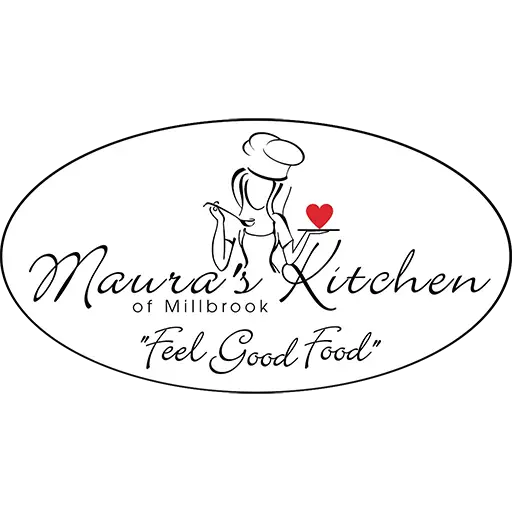There are endless options to choose from in the world of bread, but two popular contenders often go head-to-head on the bakery shelves: white bread and potato bread. These two varieties have unique characteristics, flavors, and nutritional profiles, making choosing between them a matter of personal preference and dietary needs. In this article, we will delve into the debate of white bread vs potato bread, exploring their differences and helping you make an informed decision regarding your next loaf.
Key Differences Between White Bread vs Potato Bread
- Flavor: White bread has a mild and neutral flavor, making it a versatile option for various dishes. On the other hand, potato bread offers a slightly sweeter and richer taste due to adding potatoes. Using potato flour gives potato bread a unique flavor profile that adds depth to recipes.
- Texture: White bread is known for its light and fluffy texture, perfect for sandwiches and toast. On the other hand, potato bread tends to have a softer texture, which adds a delightful chewiness to each bite. Potatoes in the dough give potato bread a slightly denser and more substantial feel than white bread.
- Moisture content: Potato bread has the advantage of moisture content. Potatoes in the dough give potato bread a moist and tender texture, which bread enthusiasts highly desire. On the other hand, white bread tends to have a drier texture. This could be because it lacks the natural moisture and starch from potatoes.
- Softness: Potato bread tends to have a softer and more tender texture than white bread. This is because the presence of potatoes in the dough adds moisture and starch, resulting in a fluffier and softer loaf. On the other hand, white bread is known for its light and airy texture, which gives it a delicate and soft mouthfeel.
- Nutritional content: While both breads provide carbohydrates, potato bread tends to have slightly higher caloric content compared to white bread. However, potato bread also contains more minerals, such as potassium and vitamin C. On the other hand, white bread is often enriched with certain vitamins and minerals, such as iron and B vitamins. Additionally, potato bread usually has a higher fiber content than white bread, providing better digestion and a feeling of fullness.
- Shelf life: White bread has a shorter shelf life than potato bread due to the absence of preservatives. Consuming white bread within 2 – 4 days of baking is recommended for the best taste and texture. On the other hand, potato bread can last for up to a week when stored in an airtight container, thanks to the preservatives often added to potato flour. This longer shelf life gives potato bread an advantage in terms of convenience and reduced food waste.
- Price: In my experience, I have noticed that white bread tends to be slightly cheaper compared to potato bread. This could be due to the additional ingredients and processing involved in making potato bread. Nevertheless, both options are relatively budget-friendly and can easily be incorporated into grocery shopping without breaking the bank.
- Dietary considerations: White bread is generally lower in fiber and may have a higher glycemic index, which means it can cause a rapid increase in blood sugar levels. On the other hand, potato bread tends to have a higher fiber content due to the use of potatoes, making it a potentially better option for those looking to increase their fiber intake. Considering individual dietary needs and preferences is important when choosing between these two bread options.
- Culinary versatility: Both types can be used in various culinary creations, from sandwiches and toast to bread pudding and French toast. White bread’s light and fluffy texture makes it ideal for traditional sandwiches. In contrast, potato bread’s denser crumb and slightly sweeter taste adds a unique flavor to dishes like grilled cheese sandwiches. Additionally, both breads can be used in baking recipes, such as bread bowls or breadcrumbs for coatings. This versatility allows for endless possibilities in the kitchen.
Read more:
The Similarities Between White Bread vs Potato Bread
There are several similarities to note when comparing white bread and potato bread. Both types of bread are popular choices for sandwiches, toast, and various baked goods. They both have a soft texture and can be easily sliced.
Additionally, white bread and potato bread are versatile options in the kitchen, allowing for creative culinary creations. While they have their differences, these similarities make them both enjoyable choices for bread lovers.
What is White Bread

White bread is a common type of bread made from wheat flour. It is typically light in color and has a soft, fluffy texture. One advantage of white bread is its versatility in cooking. It can make sandwiches, toast, and various baked goods.
White bread has a neutral flavor profile, making it a great base for different ingredients and flavors. Its soft texture makes it easy to chew and swallow. White bread is popular due to its wide range of culinary applications and pleasant taste.
What is Potato Bread

Potato bread is a type of bread that incorporates mashed potatoes into the dough, resulting in a unique texture and flavor. Potatoes add moisture and softness to the bread, making it incredibly tender. It also gives the bread a slightly sweet and earthy taste.
One advantage of potato bread is its versatility in baking. Due to its moist and soft characteristics, potato bread is well-suited for making rolls, buns, and even cinnamon rolls. Its rich flavor pairs well with various ingredients and spreads, making it a delicious choice for sandwiches and toast.

Hey there, it’s Maura Braun from Maura’s Kitchen of Millbrook! If you love all things BBQ and grilling, my blog is the perfect place for you. But my passion for food doesn’t stop at the restaurant. I also love sharing my smoker, grilling, and BBQ experiences on my blog. From juicy brisket to perfectly smoked ribs, I’m always experimenting with new techniques and flavor combinations.
